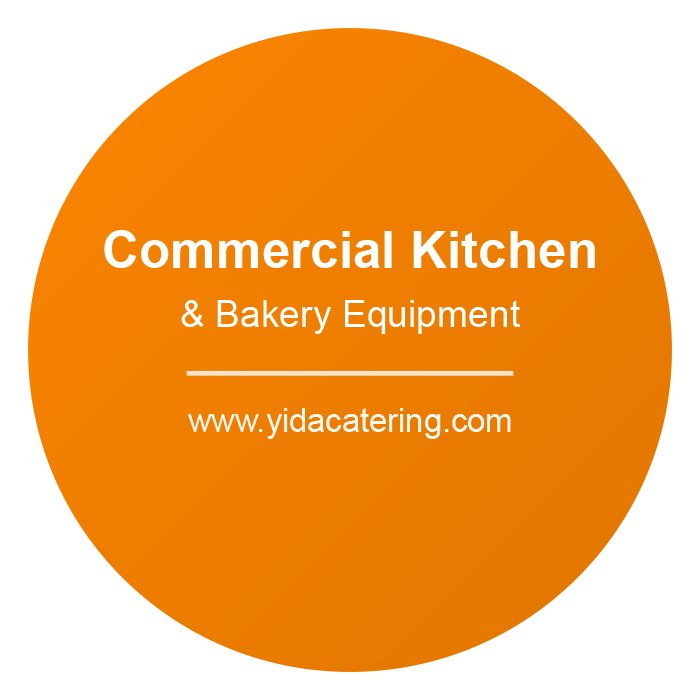In the competitive world of commercial baking, the right oven isn’t just equipment—it’s the heartbeat of your operation. Whether you’re running a bustling bakery, a high-volume restaurant, or a specialized pastry shop, understanding the diverse landscape of commercial baking ovens can significantly impact your product quality, operational efficiency, and bottom line.
The Evolution of Commercial Baking Technology
Commercial baking has transformed dramatically over centuries, evolving from simple wood-fired structures to sophisticated, digitally-controlled baking systems. Today’s professional bakers have access to unprecedented variety in oven technology, each designed to meet specific production needs and baking styles.
Major Types of Commercial Baking Ovens
Deck Ovens
Deck ovens remain the gold standard for artisan baking, featuring stone or steel surfaces that provide direct heat transfer.
Key features:
- Separate temperature controls for top and bottom heating elements
- Multiple chambers allow simultaneous baking of different products
- Superior crust development for artisan breads
- Manual steam injection systems for perfect texture
- Modular design allows expansion as your business grows
Ideal for: Artisan bread, pizza, pastries, and products requiring precise bottom heat
Convection Ovens
The workhorses of commercial kitchens, convection ovens utilize fans to circulate hot air for faster, more even baking.
Key features:
- 25-30% faster baking times compared to conventional ovens
- Even heat distribution eliminates hot spots
- Multiple racks maximize production capacity
- Programmable settings for consistent results
- Available in countertop models for space-limited operations
Ideal for: High-volume cookie production, sheet cakes, muffins, and items requiring uniform browning
Combi Ovens
Versatility defines these technological marvels that combine convection, steam, and conventional baking functions.
Key features:
- Three cooking methods in one footprint-saving unit
- Precise humidity control for optimal baking environments
- Self-cleaning capabilities reduce maintenance time
- Programmable recipe storage for consistent execution
- Energy-efficient operation reduces utility costs
Ideal for: Operations requiring versatility and handling diverse menus with limited space
Rack Ovens
When production volume is paramount, rack ovens deliver unmatched capacity and consistency.
Key features:
- Rotating racks ensure even baking across all shelves
- Roll-in design eliminates product handling during baking
- High-volume capacity serves large-scale production needs
- Efficient steam systems for perfect bread quality
- Rapid recovery times between batches
Ideal for: Wholesale bakeries, large hotels, and high-volume bread production
Conveyor Ovens
Perfect for standardized products, conveyor ovens offer continuous production capabilities.
Key features:
- Consistent baking time through adjustable conveyor speed
- Minimal skill requirements for operation
- Stackable configurations to increase production without additional footprint
- Independent temperature controls for top and bottom heat
- Continuous operation maximizes throughput
Ideal for: Pizza operations, sandwich shops, and bakeries with consistent product sizes
Revolving Ovens
These space-efficient options provide remarkable capacity through vertical rotation systems.
Key features:
- Planetary rotation ensures even heat distribution
- Vertical design maximizes floor space efficiency
- High capacity with minimal footprint
- Gentle heat circulation ideal for delicate products
- Visual monitoring of all products during baking
Ideal for: Operations with space limitations requiring high volume production
Choosing the Right Commercial Baking Oven
Selecting the ideal oven involves careful consideration of several factors:
- Production Volume: Match capacity to your current and projected needs
- Product Specialty: Different baked goods require specific oven characteristics
- Space Constraints: Consider your kitchen layout and available floor space
- Energy Efficiency: Evaluate long-term operational costs beyond purchase price
- Staffing Considerations: Match oven technology to your team’s skill level
- Budget Reality: Balance immediate investment against long-term returns
Emerging Technologies in Commercial Baking
The commercial baking oven landscape continues to evolve with exciting innovations:
- Advanced Energy Management Systems: Smart controls that optimize energy usage
- IoT Integration: Remote monitoring and operation capabilities
- Hybrid Heating Technologies: Combinations of traditional and new heating methods
- Sustainability Features: Reduced environmental impact through improved efficiency
Making Your Investment Count
A commercial baking oven represents one of the most significant investments for any baking operation. Taking time to thoroughly research options, consult with experienced bakers, and even test equipment before purchasing can ensure you select the perfect match for your business needs.
Remember that the right oven does more than just bake—it enhances your operation’s efficiency, expands your product possibilities, and ultimately contributes to the distinctive quality that sets your baked goods apart in a competitive marketplace.

